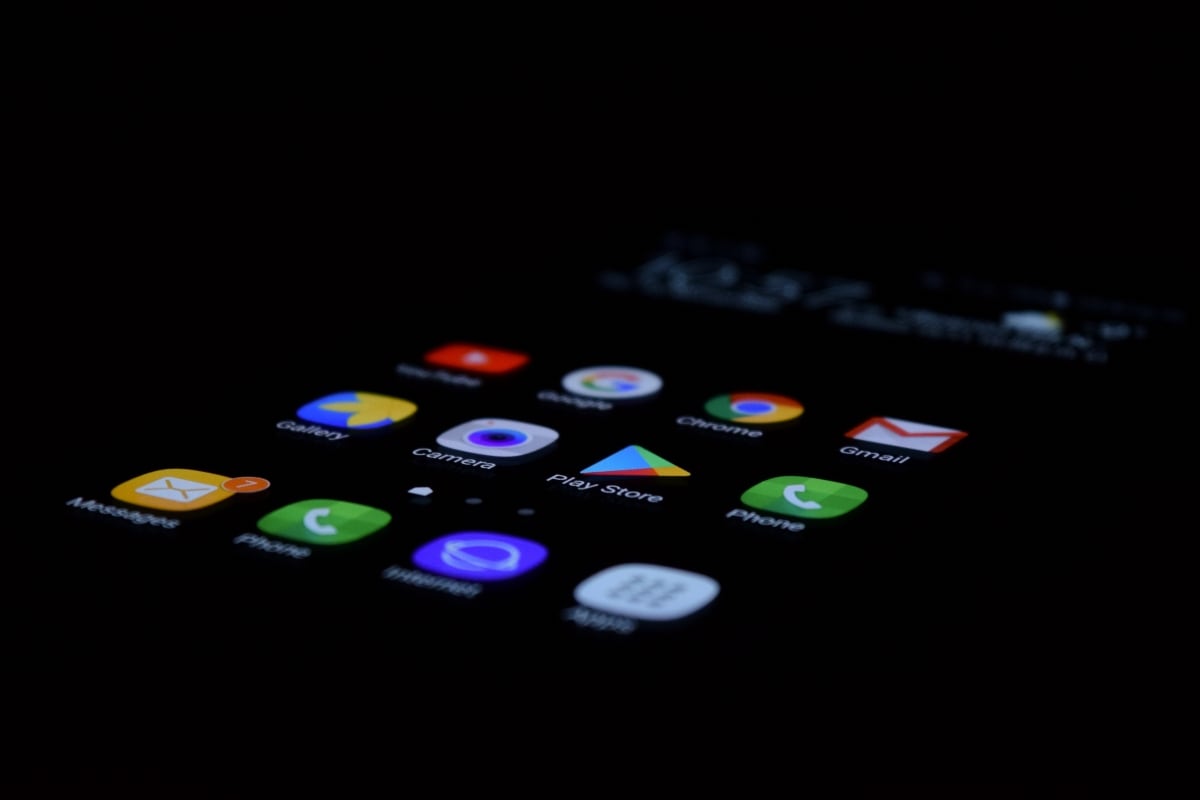Android 15 is expected to arrive on Pixel smartphones later this year and several features from Google’s upcoming operating system (OS) update have surfaced thanks to the developer previews and the first public beta release. Google is reportedly working on a handy new feature that could help users isolate a malicious app on their smartphone after it is detected. If the feature is added to the final Android 15 release, the operating system might be able to ‘quarantine’ apps, just like antivirus programs on Windows.
Spotted by Android Authority on the latest Android 15 beta, Google is working on the ability to allow a system app — like Google Play Services or the Play Store — to isolate apps and apply some restrictions on them. Once an app has been quarantined, its capabilities will be severely limited, which might prevent it from taking adverse action on the user’s device.
The code for the app quarantine feature exists on Android 15, but it is yet to be enabled, according to the publication. Based on the current code, the feature will reportedly prevent a quarantined app from showing notifications, hide its windows and stop activities, prevent it from ringing the device and prevent other apps from interacting with some its services.
The purported Quarantined Apps interface on Android 15
Photo Credit: Android Authority/ Mishaal Rahman
Google is reportedly working on a “QUARANTINE_APPS” permission that can only be granted to apps signed by the same certificate that Google uses to sign the Android operating system — effectively limiting the ability to quarantine apps to the Play Store (or Google Play Services).
It’s worth noting that while anti-malware software for Windows computers is also capable of quarantining apps, Android is much more secure than Windows and apps do not have access to several parts of the phone without first getting permission from the user. As a result, quarantined apps will still be visible in the app drawer on Android 15, but tapping the greyed-out icon will inform users that the app isn’t available, while displaying two buttons — OK and Unquarantine app, according to the publication.
There’s no word on whether the feature will be available with Android 15, as it was first spotted in a developer build of Android 14 back in 2022. If Google decides to enable the functionality on Android 15, it appears likely that only the Play Store or Google Play Services will be able to perform the app quarantining functions. It could, however, come in handy when Google’s Play Protect malware scanner detects an app that is exhibiting suspicious behaviour but isn’t a known threat.
Check out our Latest News and Follow us at Facebook
Original Source
